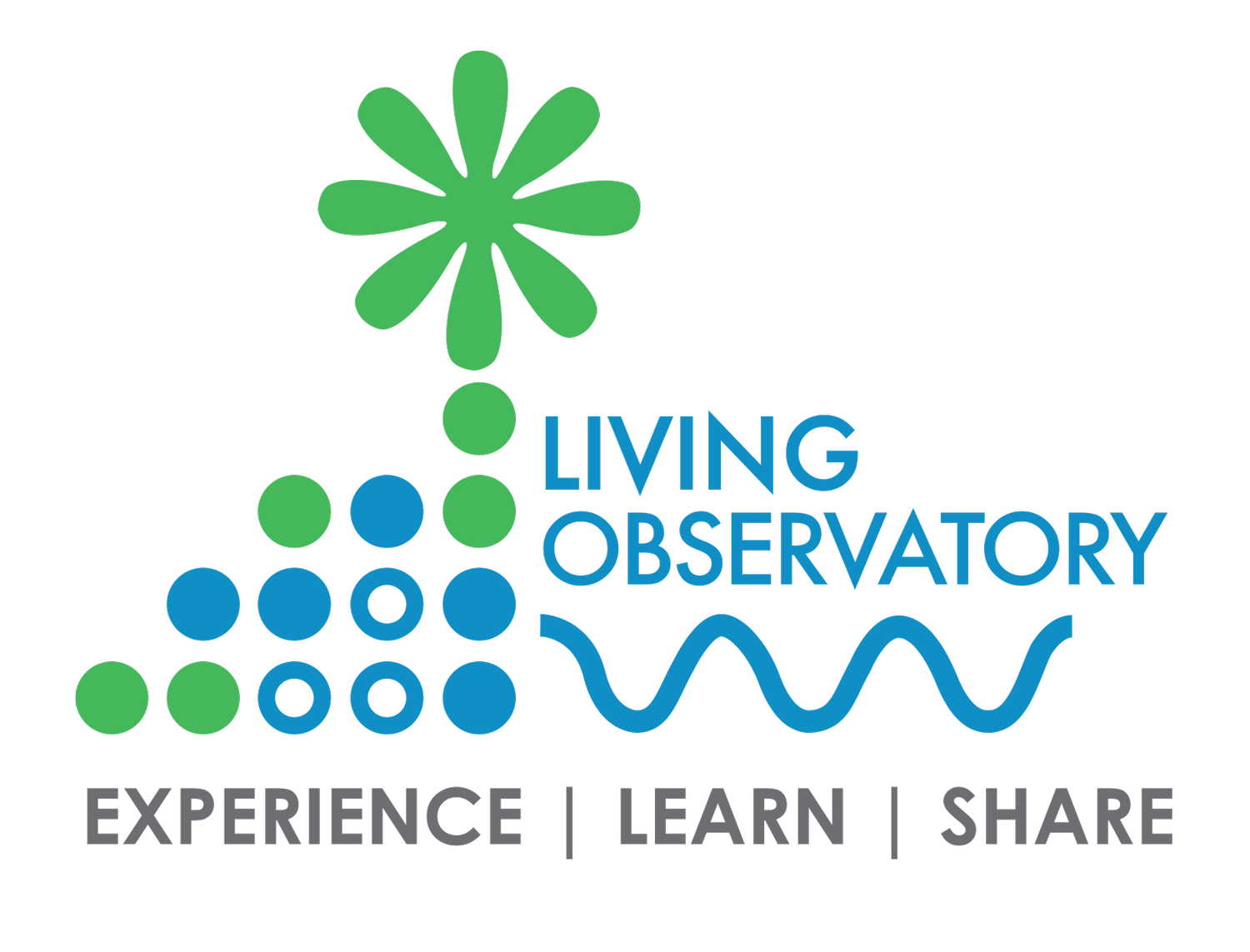13 Jul, 2014 Author: administrator
Once again, apologies to readers of this blog for the long pauses between posts. As many of you will agree, the spring of 2014 was exceptionally lovely in its slow unfolding. Throughout this unfolding, activities related to the restoration gained momentum. Major thrusts included Atlantic white cedar propagation, submission of permit narratives, outreach through public meetings, research visioning and fundraising have all focused on insuring that we are well positioned to realize start date of March 2015 for major restoration actions on site.
In addition to the gaggle of agency and academic partners, several volunteers have become "regulars" at Tidmarsh, and provide critical on-going support for our activities. Among these, Frank Werny has organized his own weekly group to pull Oriental bittersweet (Celastrus orbiculatus). Ricard Torres-MateLuna, Benjamí Torres-Hatch, Claire Easterbrook, Paul and Linda Williams have helped the Salicicola team and myself transplant and water our 5000+ Atlantic White cedar seedlings. Once again, Mark Faherty has led our spring nesting bird counts, an early morning activity that on June 3 allowed us to observe this Red-shouldered hawk. Thank you all!
Red-shouldered hawk; Photo: MFaherty
As I have previously mentioned, we are so lucky to have Alex Hackman from the Massachusetts Division of Ecological Restoration as our project manager; he continues to provide exceptional leadership on many fronts. On May 20th over 75 members of the community congregated at the John Alden Club to listen to Alex who presented the restoration design rational and Bob Wilber who spoke to MassAudubon's’ interest in acquiring the property as a nature sanctuary. The conversation that followed was generally positive, although some neighbors raised concerns about potential flooding of basements on Bartlett road. On this point,, Alex underscored the idea that this wetland project will allow ground water to flow away from these habitations.. Many thanks to David Balutis for getting the word out and for keeping the bar open throughout the evening.
On July 1, Alex was back in front of Plymouth’s Conservation Commission to present our request an Order of Conditions for the Restoration. Approximately 20 community members attended, some of who raised questions similar to the ones raised at the John Alden club meeting, namely the impact of setting ground water levels at Tidmarsh on houses along Bartlett Road, and the potential for increased truck traffic and noise on Bartlett Road. David Gould, Director of the Department of Marine and Environmental Affairs spoke to the high caliber of the restoration team. After taking these questions from the public, the Commission voted unanimously to approve the Order of Conditions. All required permit applications have now been filed.
The season has been prime time for many of the Living Observatory research teams. The Scientific American cover story this month was written by Gershon Dublon and Joe Paradiso. The article provides an insightful introduction to the low-powered sensor network that is being deployed across Tidmarsh by theResponsive Environments Group at the MIT Media Lab. The sensor nodes, designed by Brian Mayton, measure and transmit many parameters of ecological change in real time, and sets the stage for a new era of ecological awareness and learning. Currently, a Living Observatory intern, Henry Eshbaugh, is working with the MIT team to assemble more boxes. Check out the landscape in your Chrome browser (http://livingobservatory.org). You will first need to download the unity game engine.
In June, Public Lab held their North East Tool Focused Barnraising at Tidmarsh; this event allowed me to explore with Chris Fastie of Vermont Public Lab how to best approach the kite-mapping of Tidmarsh to create a vegetation record. As the barnstorming group left, Kate Ballantine arrived with students for a week-long deep-dive into a study that will compare microbial activity as a function of landscape health and the carbon story at Tidmarsh and 3 reference sites. Following a tour of Tidmarsh and Eel River with Alex Hackman, Kate and students Erin and Brittany settled in to do some sampling.
In mid-June and again on July 1, researchers met on site to share perspectives, learn from each other, and articulate a common research vision. An important impetus for these meetings is to collaboratively develop a monitoring and evaluation plan for the restoration. Alan Christian and Sara Grady have jumped in to help lead our diverse research teams through a structured process. This plan will serve to guide our monitoring work plan going forward; in addition, it will suggest learning frameworks that inform the visitor experience, and will pave the way for a restoration cookbook that we hope will be helpful to other cranberry bog restoration efforts in Massachusetts.





